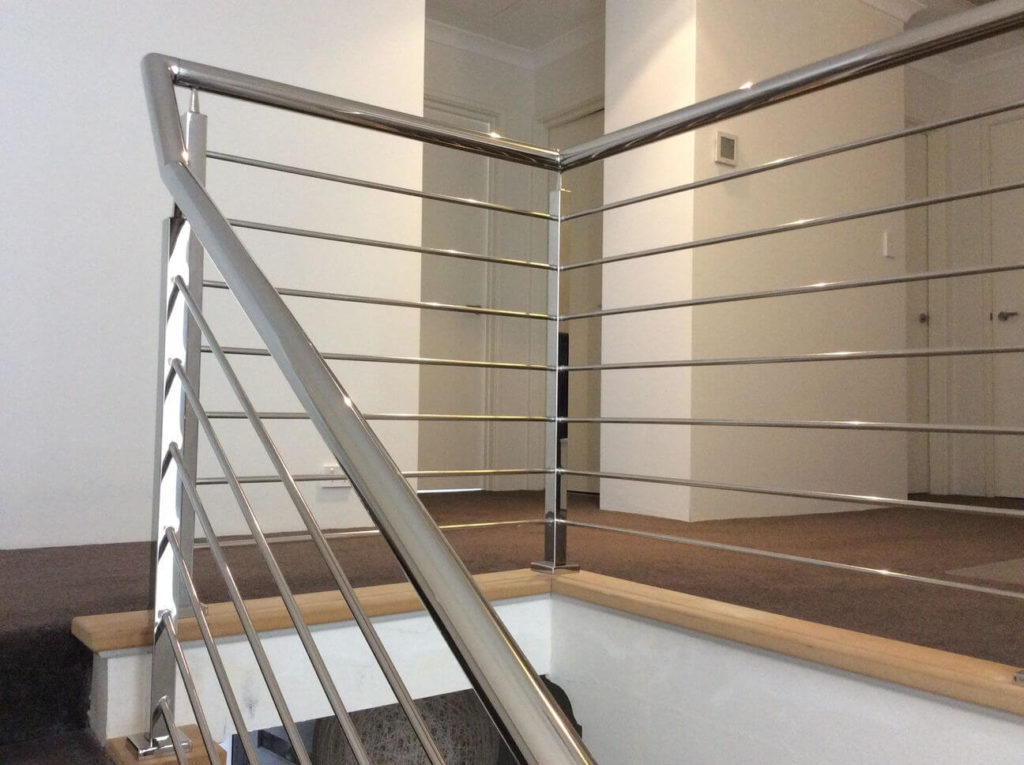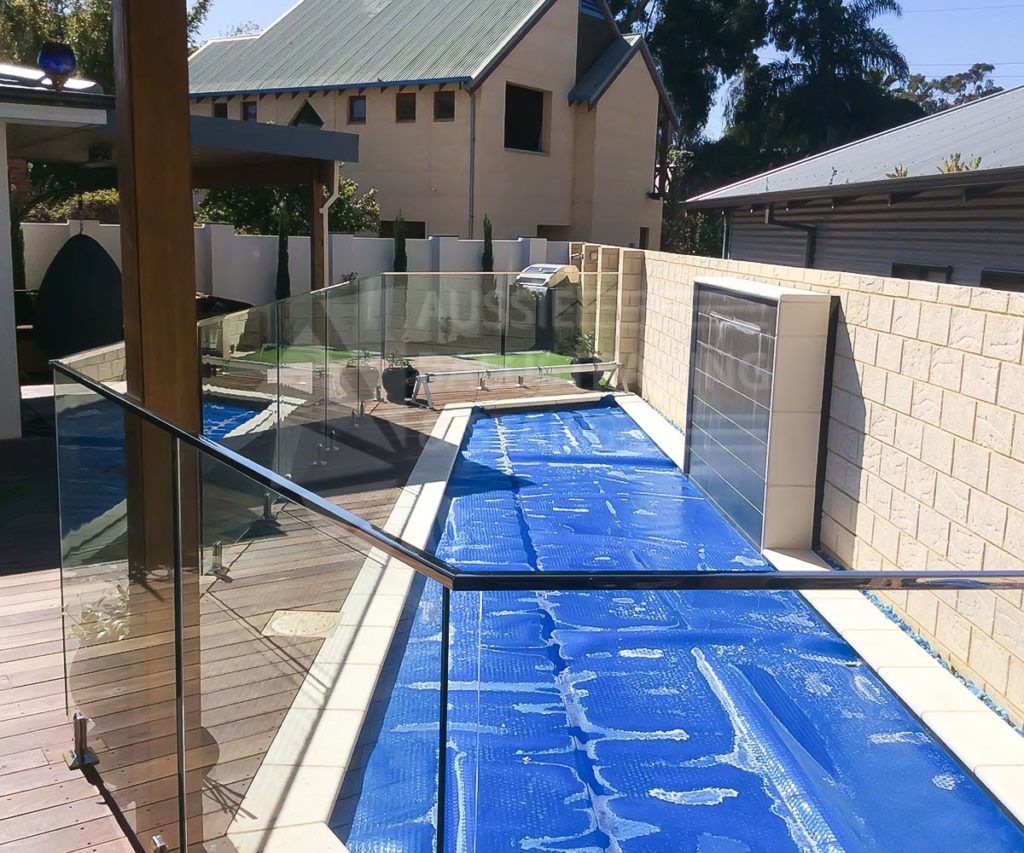From the gadgets that we buy to our home’s furnishings, every material that we use comes from pre-existing natural resources. The world’s ecological problems are at its highest, with consumers and brands advocating for better manufacturing practices that will benefit the earth in the long term. This is why many companies are empowering their stance about renewable and sustainable practices.
Many materials are present in the construction industry, from natural stone to galvanized iron. It’s one sector that seems to utilize the most types of raw materials to develop a product. With timber being one of the core ingredients in building a home, many people wonder if it’s a sustainable resource worth exchanging with improper logging and deforestation practices.
Wood as a versatile resource
The procurement, processing, and eventual disposal of any raw material involves a complex web of economic activity. It’s a cycle that varies from product to product, which is why some items’ impact on the greater scheme of things can have heavier implications on things like energy consumption. Wood is, by far, the most environmentally friendly raw material that people use daily.
Loggers generally require permits and need to work within licensed logging areas to do their work. Their efforts produce various materials, from paper and furniture to clothing fiber and other wood materials.
The advantages of harvesting wood against other raw materials
Wood has several benefits as a construction material. It’s relatively lightweight with admirable properties of flexibility. Building contractors can mold them in different shapes and apply them to any construction projects. Modern construction projects of wooden skyscrapers in the US and Europe are examples of how these “lighthouse projects” can promote wood products’ sustainability. Even smaller projects require timber for a majority of the construction process, from small installations to full-fledged homes.
Unlike other materials, such as metal, petroleum, and natural gasses, wood will grow back, given enough time to replenish its forests. Additionally, wood products are recyclable, making their presence in disposal sites much longer from their procurement date.
Another advantage of wood is that it doesn’t take a heavy financial toll on production and harvesting. There’s no need for quarrying systems or mining tunnels to procure them since they’re not hard to procure and replace. This means there’s less worry about carbon emissions from heavy machinery that operate 24 hours a day.
Common grievances with wood as a construction material
Construction materials like steel and concrete generally receive praise for their durability and flame-resistant properties. However, their practical application as a material ends there. Scrap steel and concrete typically take a more rigorous process for recycling and repurposing. In contrast, wood waste can be pressed into particle boards for better bracing.
Wood is a durable material that isn’t entirely as easily flammable as many people think. There are modern solutions that can mitigate its flammability and other issues, such as wood rot and mould growth.
Wood in the construction industry
It’s not uncommon to correlate deforestations with timber. Fewer forests from mass logging are one of the many glaring issues that the environment faces. The potential destruction of entire ecosystems and plant and animal species is a major factor that contributes to climate change. People could conclude that avoiding wood products is the answer to this problem. However, there’s another side about the manufacturing industry that these green supporters tend to ignore.
Human-made materials leave a huge carbon footprint, whether from processed plastic or metal alloys. This includes anything from vinyl materials to metal railings. The production process of these products does a similar amount, or arguably even more damage to nature. It’s one of the reasons why wooden architecture is experiencing a rise in modern homes.
Using wood for biomass energy plants
Besides the construction industry, wood also has plenty of applications in other sectors. Many people tend to cite solar and wind energy as alternative power sources. However, not many people know about wood’s contribution as biomass. Keep in mind that electricity and momentum aren’t the only viable methods of providing energy. Heat is also an energy source that many people tend to undervalue.
Wood-based technologies can accommodate heating and cooling systems, especially in regions with volatile climates. Through combustion or gasification, wood functions as a reliable biomass energy source in biomass plants. As a self-replacing fuel source with plenty of feedstock supply, wood is a carbon-smart resource contributing to these plants to deliver energy to many homes and commercial properties.
Wood’s positioning as a renewable resource
Many critics of timber products point that its sustainability is evident mostly in its harvesting process. If the procurement of a resource starts off wrong, there’s already an imbalance in its effect on the environment. When assessing a product’s sustainability, it’s important to consider the product’s entire life cycle. It’s necessary to start at its source until its disposal, whether it’s gold or diamonds. Keep in mind that deforestation is a harmful practice in the long term, and loggers aren’t intentionally causing damage to forests since it’s their source of work and income.
For example, most of Germany’s forests are secondary. This means that they’re already regrown plots of greenery. Since unchecked timber extraction in the 18th century reduced the available timber resources, local foresters adopted sustainable logging practices. Renowned forester Bernd Sommerhäuser states that sustainable forestry involves preserving the trees and biodiversity, which is essential in rehabilitating recently cut forests.
Conclusion
Wood products inherently come from forests, which are major contributors that protect the earth’s biodiversity and bioeconomy. They regulate water sources and sustain soil strength to protect us from natural calamities. Although timber is definitely a natural resource, it’s up to us to decide how we will use it in our lifestyle.
Many homes incorporate green building practices, like wider windows and better insulation for less energy consumption. Besides these design options, you can also promote sustainability from the materials that make up your home. Hiring custom builders to use versatile timber is an excellent way to build a home that promotes a greener future.
Promoting green practices requires you to have the right building contractor for your home’s needs. We are a custom staircase manufacturer in Perth that can give you bespoke timber solutions for your home’s attachments. Contact our building experts, and we’ll discover the best green solution for your home.



